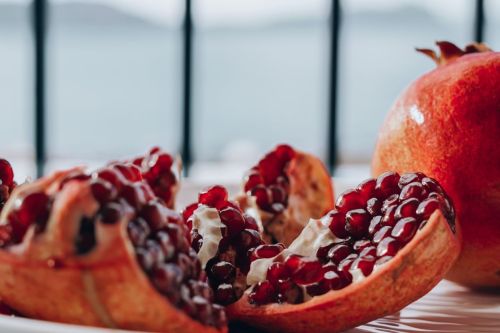Cabbage is a popular plant belonging to the Brassicaceae family. There are about 44 species of Brassica oleracea, many of which are derived from cruciferous vegetables. Those plants mostly appear only in crops and do not occur in nature.
It needs two years for its full life cycle, as it develops reproductive organs in the second year. For food purposes, however, the vegetable is harvested in the first year, as it already produces a dense leafy head.
The most popular are white and red. In addition, there is also Italian cabbage with its characteristic wrinkled leaves.
Its cultivation was carried out by German farmers as early as the 16th century, it quickly gained popularity and was a staple food as early as the 17th century.
The inflorescences grow to a height of 50 to 100 centimeters and are topped with four-leaved flowers with petals arranged perpendicularly.
Many European and Asian names are taken from the Celtic-Slavic word cap meaning head. The name of the cabbage family (Cruciferae), on the other hand, originated in early medieval Europe from flowers that resemble a crucifix.
This troublesome disease for sailors is caused by vitamin C deficiency and cabbage is an excellent source of it.
Likely, they didn’t have their first contact with the vegetable until Captain Carl Peter Thunberg’s ship arrived on the artificial island of Dejima in Nagasaka Bay in August 1775.
In ancient Rome, it was considered a luxury commodity. It only came into widespread use during the Middle Ages and quickly became one of the main ingredients in European cuisine.
100 grams contain as much as 72 percent of the daily recommended intake of vitamin K and 44 percent of vitamin C. It also has a noticeable amount of vitamins B6 and B9.
6 percent are carbohydrates, and 1 percent protein. It also contains trace amounts of fat.
Many traditional dishes are prepared using cabbage. In Poland and Lithuania, everybody loves bigos (sauerkraut with chopped meat, mushrooms, and spices), sauerkraut (eagerly served along grilled sausages), and gołąbki (boiled cabbage leaves stuffed with minced meat combined with rice and spices, and cooked in tomato sauce).
It gets its name from the sound it makes during preparation (bubbling and squeaking). It is made from boiled potatoes and cabbage, which are sauteed after being mixed.
The current name of the salad originated in the 18th century and is the English version of the Danish name (in Danish koolsla means cabbage salad). It can be prepared in many ways, the ingredients can change at the cook’s discretion (carrots, cheese, pineapple, or apple) but cabbage is always its core ingredient. The most popular dressing used in salad is vinaigrette or mayonnaise (the former is much longer lasting).
The statistical Russian eats 20 kilograms of cabbage a year, followed by the Belgians who eat 4.7 kilograms, and just behind them the Dutch with 4 kilograms of cabbage consumed annually.
More widely known as pak choi or bok choi, it is usually prepared by steaming or sauteing. In addition to vitamins K and C, pak-choi is also rich in vitamin A (30 percent of the daily recommended serving in 100 g) and calcium.
Turnip leaves are used as animal feed, although they are an excellent source of vitamins and could also be eaten by humans. Some people eat cooked turnip leaves, with this part of the plant gaining popularity in recent years.
The first records of the cultivation of Napa cabbage date back to the 15th century from around the Yangtze River. From there, it made its way to Korea and Japan to spread with Chinese emigrants to other continents in the 19th century. In China, Napa cabbage is a symbol of prosperity and often adorns glass and porcelain figurines there.
It is not as nutritious as Brassica oleracea or bok choi because it does not have large amounts of vitamins K and A in its composition.












